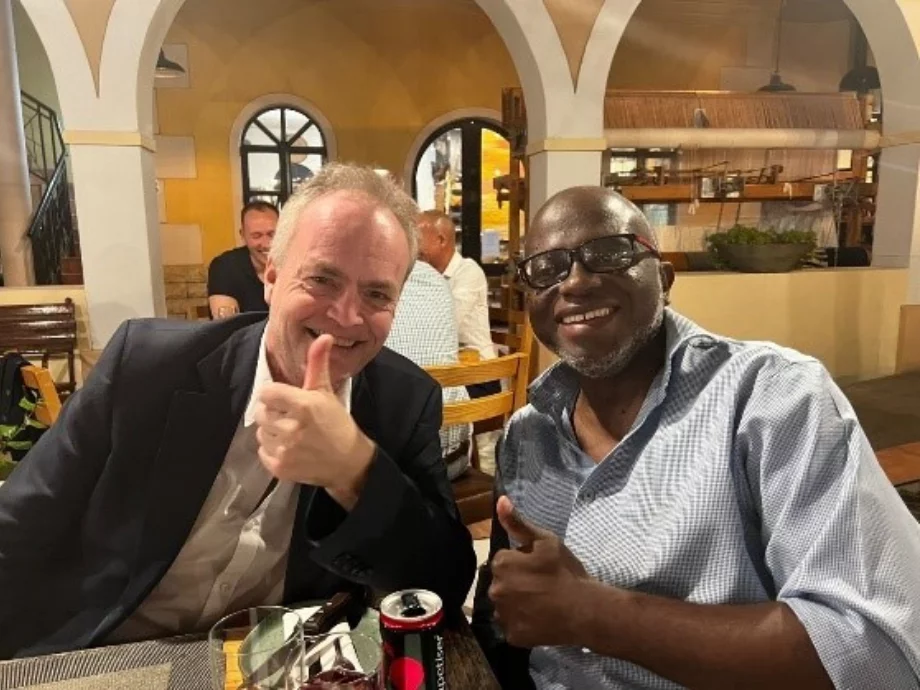Namibia, a country previously controlled by South Africa, is on the south-west coast of Africa. Gastroenterology practice in Namibia has had support over the years from South Africa, not least from our good friend Sandie Thompson, who has visited the country several times to provide endoscopy training. It was he who suggested looking at Namibia as a potential target for WEO support in developing a training center. Coincidentally, the Department of Surgery at the Windhoek Central Hospital was hosting the annual COSECSA surgical conference at the same time, so I was invited to give a plenary session talk, and also to meet some more people with relevant contributions regarding this
idea.
Hospitals
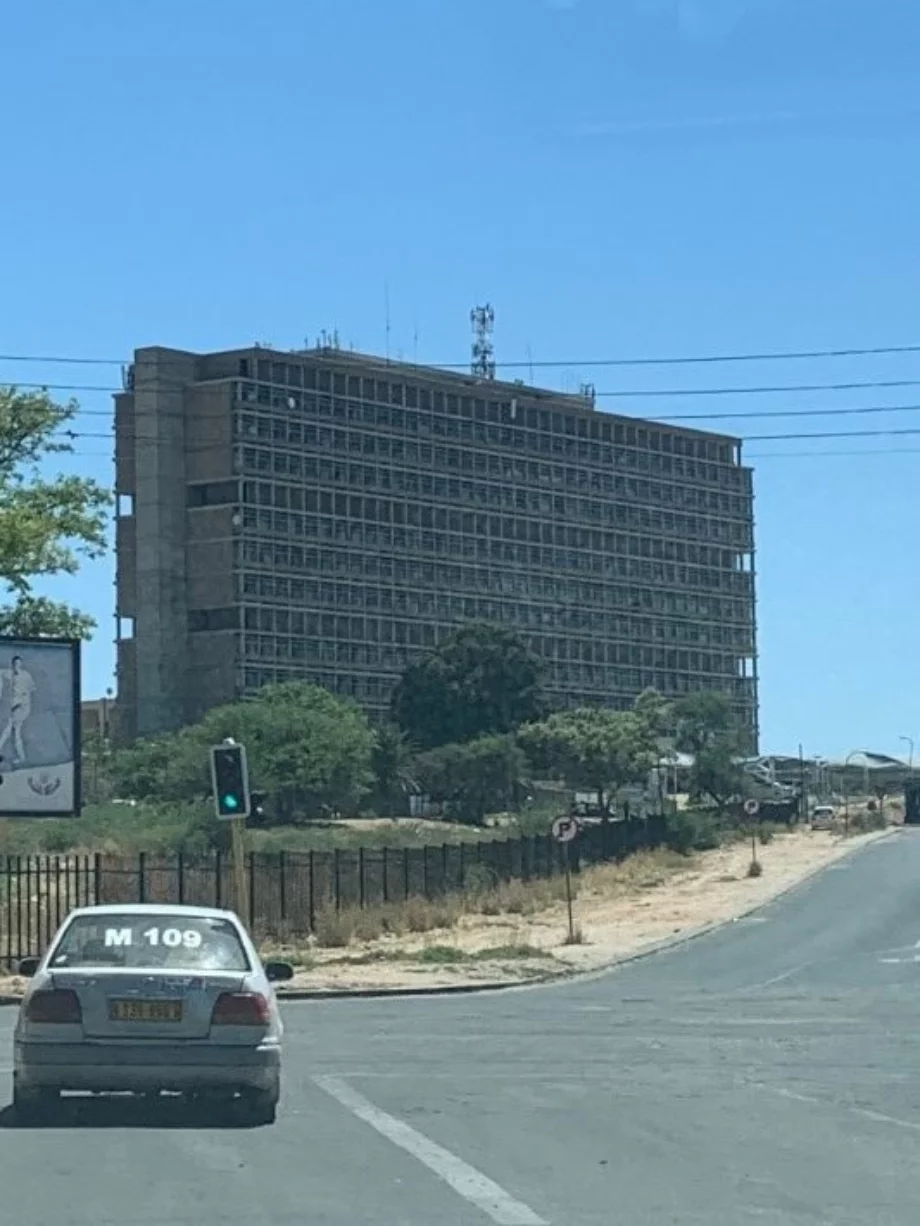
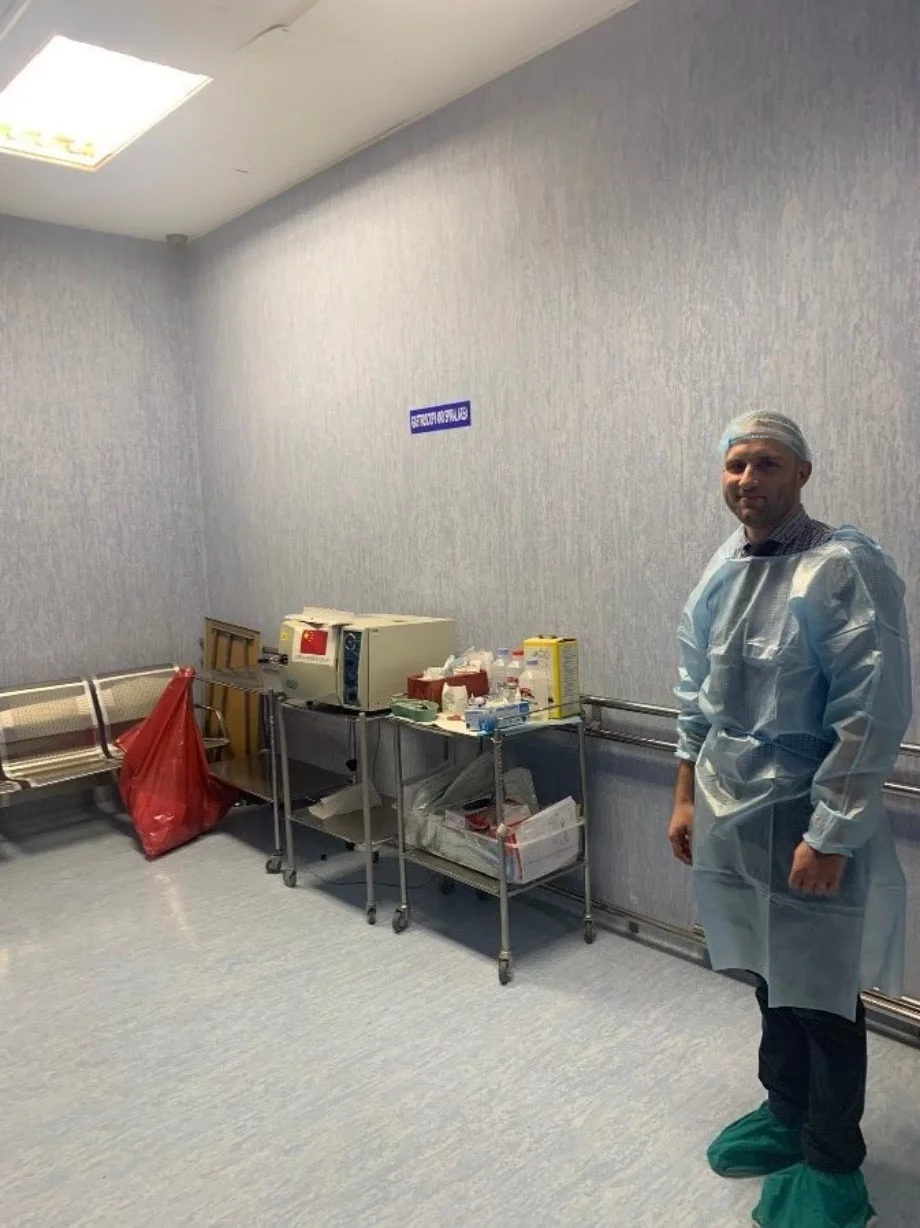
The Windhoek Central Hospital, with 800 beds, is the main hospital and the only tertiary referral hospital in Namibia (Fig. 1). Built in the 1970s, it has a full range of services, but has been only scantily refurbished in later years.
Endoscopy is done exclusively by surgeons. There is a total of six, all of whom do basic upper GI endoscopies, with three doing colonoscopies. One clinician (Dr. Nashidengo) also does 100–150 ERCPs per year, and a few EUS procedures, at a private hospital.
All procedures are currently done at one operating room. The endoscopy unit was repurposed during the Covid 19 pandemic and has not yet been given back; it is at present serving as an emergency intensive care unit (ICU). This limits endoscopic capacity at the moment; there are plans to expand the current activity of 10–15 procedures per week, but these are not definite. In addition to the OR, procedures are also done in a space next to a recovery area (Fig. 2); this space is adequate but only suitable for outpatients without significant sedation needs. Endoscopy towers are rolled into place as needed.
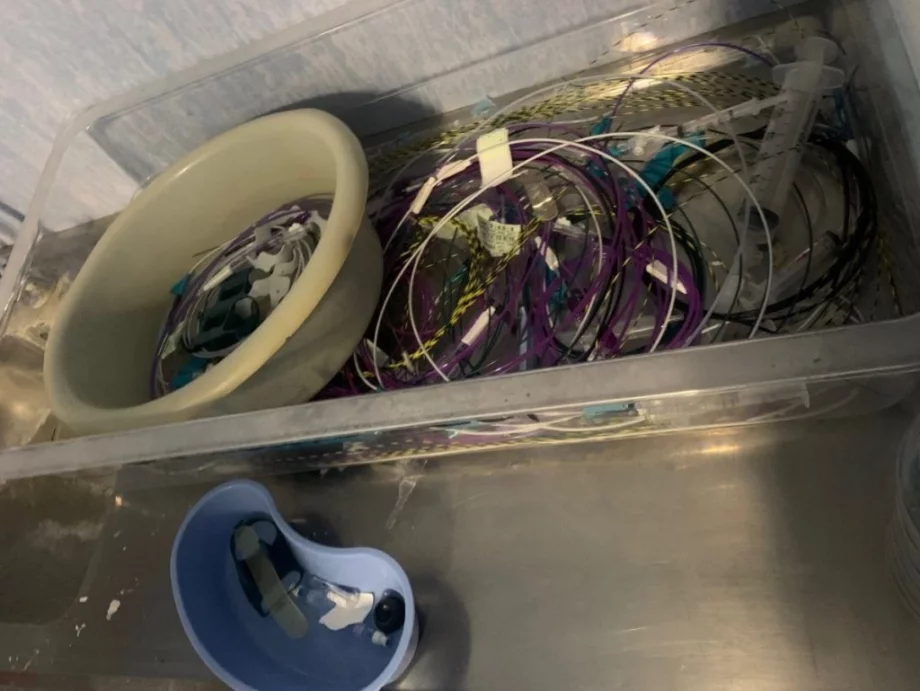
The other state (public) hospital is almost next door. The Katutura Intermediate Hospital (Fig. 4) serves as a companion facility. Size and services are similar to that of the Central Hospital, but patients with advanced issues are referred to the latter. Also, all emergencies present at Katutura, and are then transferred as needed to the Central after initial assessment.
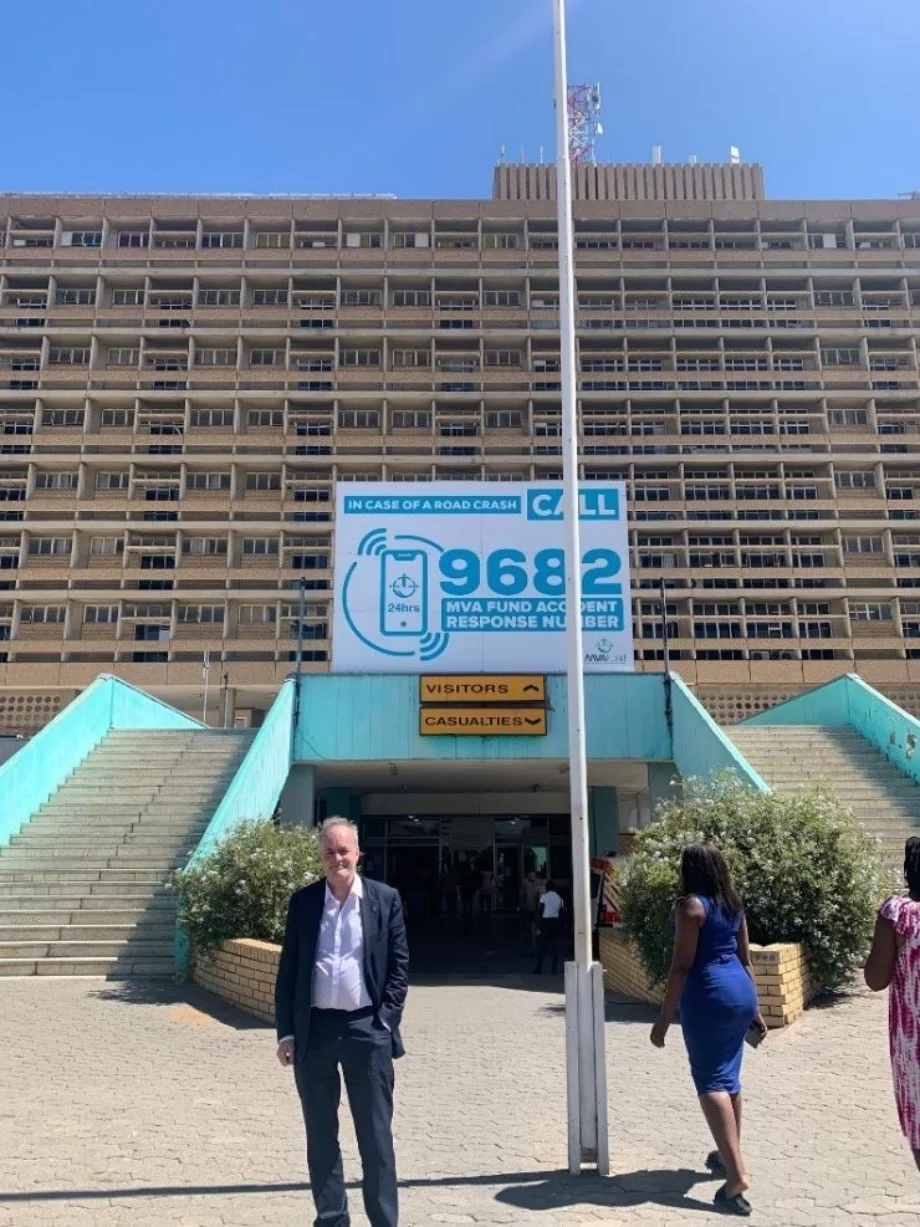
Katutura also has endoscopy facilities with doctors on site. However, the on-call service is covered also by doctors at Central, and emergency endoscopy is performed at Katutura by them when needed.
There is a designated room for endoscopy at Katutura. This is quite spacious and clean (Fig. 5), though lacking storage space or a separate disinfection area.
Private hospitals are available and most consultants work part-time in that sector. Only about 10% of the population have access to private healthcare. At state hospitals, care is for free, with no added payment for standard procedural accessories (such as band ligators). However, ERCP stents must be bought upfront by patients. Other accessories are used and reused, as in most countries in the region.
Equipment/maintenance
The equipment setup is quite limited. At the moment there is one gastroscope, one colonoscope, and one duodenoscope at the Central Hospital. There are Pentax and Storz towers, and a Pentax duodenoscope for ERCP. At Katutura there is one gastroscope and one colonoscope (both Storz), but these both came back from service the day I was there, having been away for two months.
Repairs and maintenance are a major concern: there is no service contract on scopes, and the estimated time until breakdown for the scopes is 1–2 months. This is a considerable limiting factor.
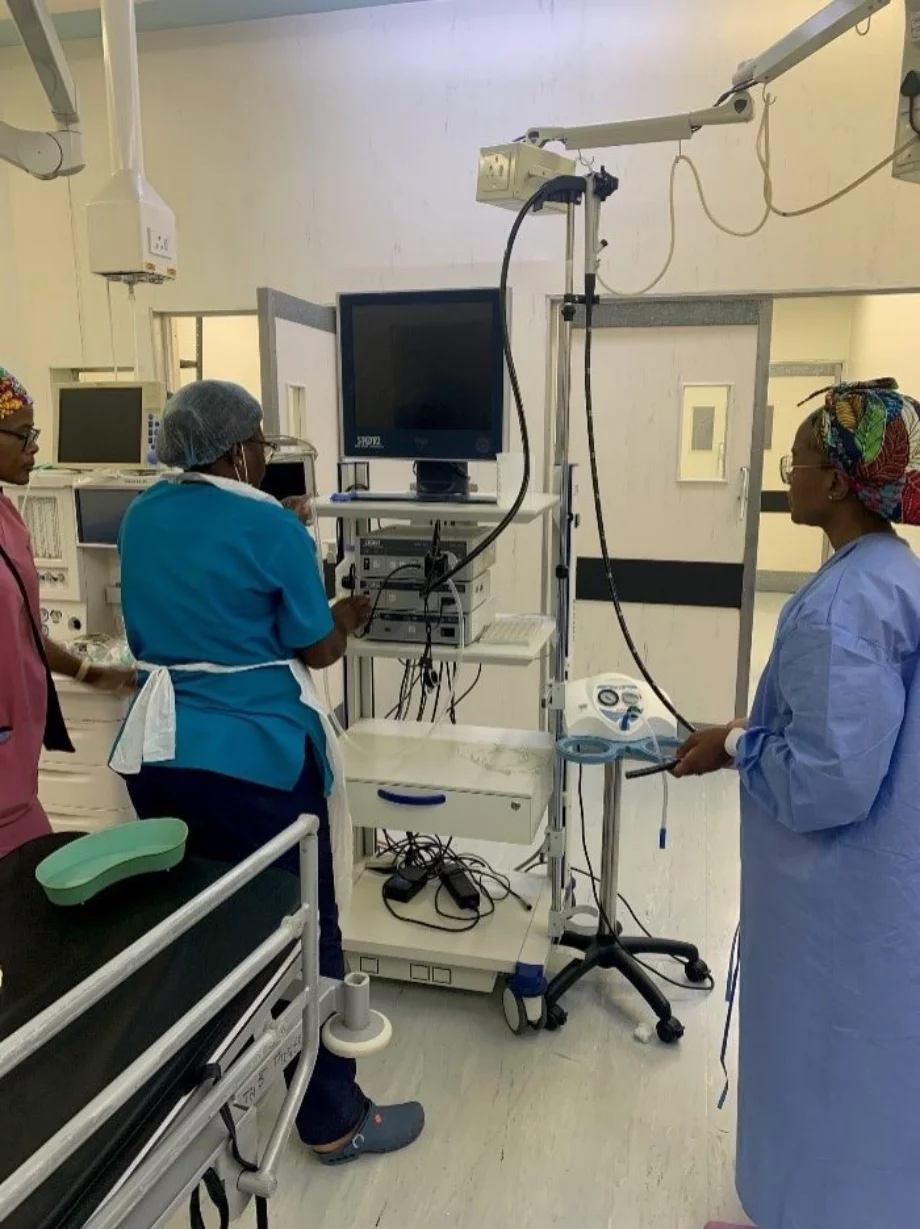
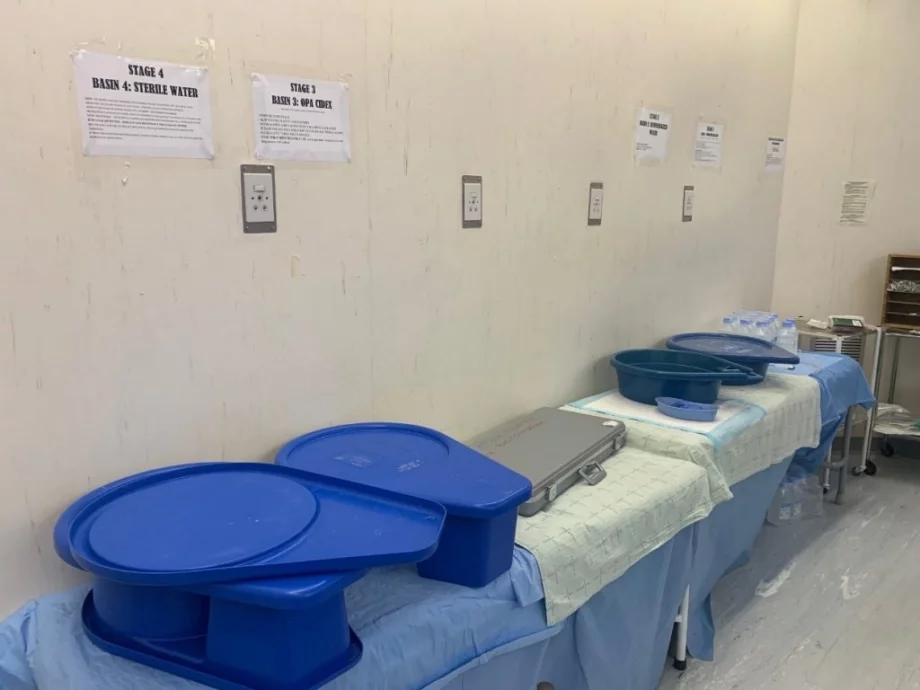
Staff
As mentioned all endoscopy is done by surgeons. The procedure volume is good, but the overall quality of the procedures is unknown.
At Windhoek Central, endoscopies are performed by six surgeons. There are three nurses with some dedicated endoscopy training, including a well-versed head nurse, but procedures after hours are sometimes done with OR nurses who have little or no training in maintenance.
At Katutura Hospital, two to four surgeons perform endoscopy, namely upper GI examinations and colonoscopies. There are two to three nurses with endoscopy training, but here also sometimes OR nurses are involved. The nurses are highly motivated to receive additional training and upskilling (Fig. 6).
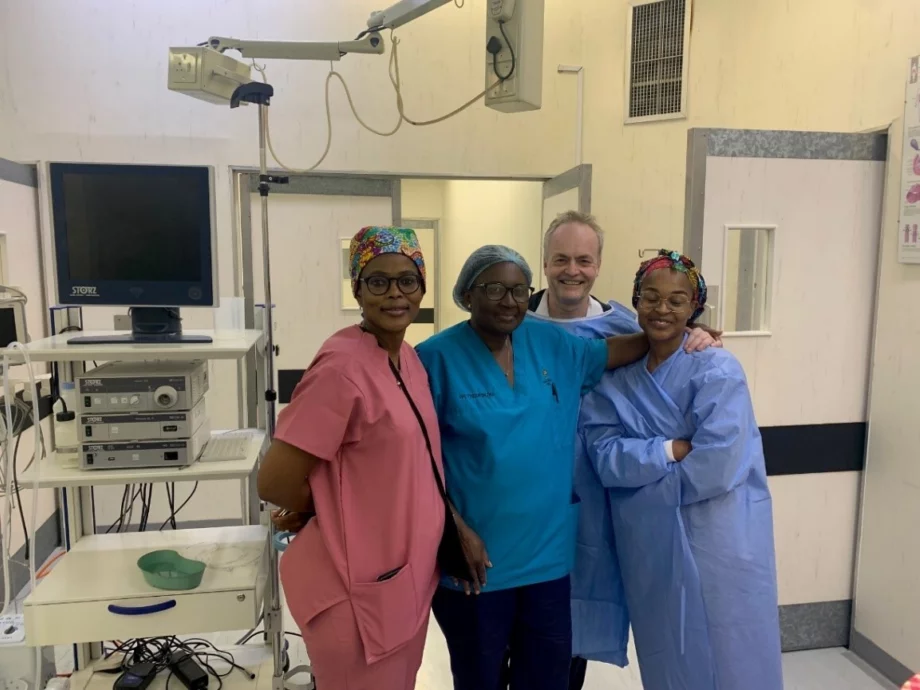
There are no designated fellowship programs for gastroenterology or GI surgery. The only available formal postgraduate program is for anesthesiology; other specialists are trained abroad, mainly in South Africa.
Endoscopy activity
Because of the conference, there was no endoscopic activity during my two-day visit. In the previous week there had been a workshop held in conjunction with the conference. This workshop, with eight participants, was provided by Sandie Thompson and a colleague trained primarily in basic colonoscopy.
It was a little difficult to get volume estimates, but it was suggested that there were 100–150 ERCPs per year, mostly at the Central Hospital. Currently there are around 10 procedures per week at Central, and probably some more at Katutura (but none for the two previous months because of the lack of scopes).
Procedures are mainly diagnostic. Polypectomies are mostly done in private practice. Hemostasis is sometimes done with hot biopsy forceps or adrenalin injection; no clips are available. Band ligation (Boston Scientific) is somehow available at the state hospitals, using ligators imported from South Africa. Costs are quite substantial.
Documentation
There is some variation in documentation, with some surgeons still doing handwritten reports only. However, a solution using Google Forms has been developed and is in use at the Central Hospital, with templates for upper GI endoscopy, colonoscopy, and ERCP, in addition to many of the surgical procedures. This digital solution creates a structured endoscopy report and allows analyzable exports to Excel spreadsheets. However, it has not been widely utilized for annual activity reports, for instance, although this would appear to be possible with the current setup. There are ongoing efforts from junior doctors to expand the use of this system to all doctors and to the Katutura Hospital.
Accessories and procurement
There is no good system in place for supply of accessories or for procurement. Items (gas-sterilized) sourced from private practice are employed until they are unusable. Again, there is good access in private practice, but there is no budget for the state hospitals. The same applies to endoscopes: the newest was bought 4–5 years ago, without a service deal, although the latter appears to be in place for other acquisitions at the hospital. However, band ligators are available for some reason.
Research
There is no independent locally initiated research but the surgical department has recruited patients for a number of multicenter trials. Also, the general training of doctors does include the submission of a thesis similar to that for a master’s degree.
Conclusion
This team, with its encouraging style, is quite eager to develop training capacity at the Central Hospital. The main limitation at the moment seems to relate to equipment and sustainability of workable endoscopes and accessories. If that issue can be solved, this location may serve well as a regional training hub for WEO, perhaps primarily serviced from our South African colleagues. We will look into ways of facilitating a better situation regarding equipment, and hopefully we will be able to inaugurate this site as a WEO training center during 2023. The positive attitude to progress of the team there certainly speaks to a successful collaboration.
